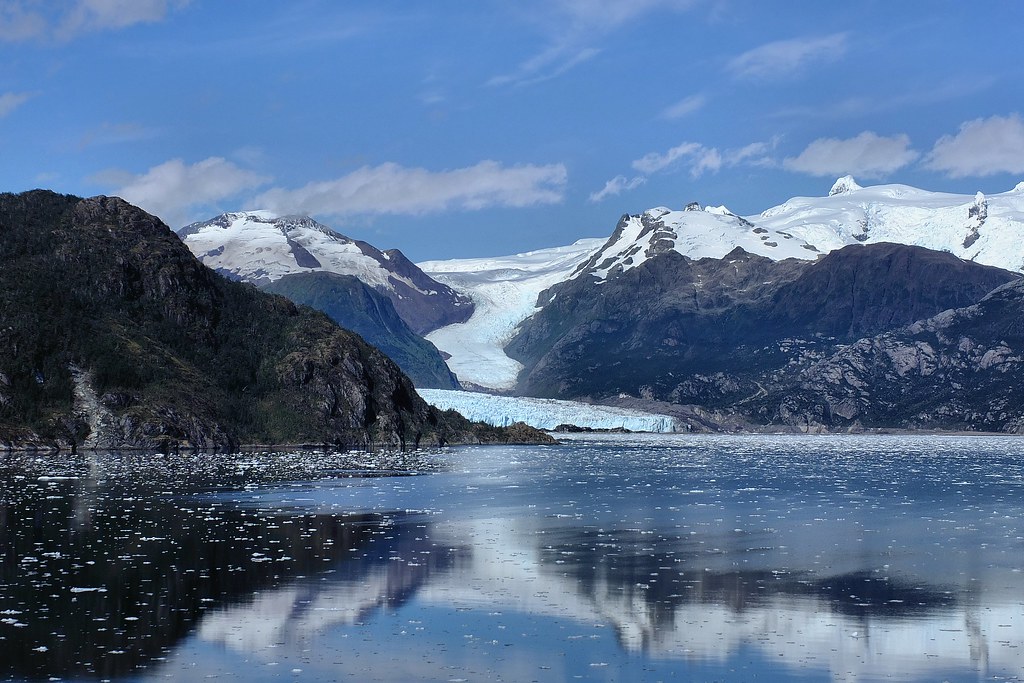By Joseph Winters in Grist on January 28, 2022.
Advocates hope to enshrine the rights of nature and Indigenous protections into law.
As Chilean President-elect Gabriel Boric prepares to assume office in March, environmental and social justice are top of mind. “To destroy the world is to destroy ourselves,” he told a crowd of supporters after clinching the presidency late in December. “We don’t want more sacrifice zones, we don’t want projects that destroy our country, destroy communities.”
In that speech, Boric promised to oppose a controversial copper mining project called Dominga, which environmental advocates say could jeopardize a biodiverse coastal ecosystem. But his comments represent a growing desire among environmental advocates to rein in the mining industry’s abuses, from its Indigenous rights violations to environmental degradation, at a moment when demand for minerals is skyrocketing. Countries seeking to transition away from fossil fuels are clamoring for metals like lithium, copper, nickel, and cobalt — all of which are essential components of batteries, especially for electric vehicles.
Chile, already suffering from the effects of climate change, is rich in both lithium and copper; it stands to benefit from the energy transition in more than one way. But Chileans also intimately understand the costs of mining — and want to mitigate its social and environmental harms. As it waits for Boric to take office, Chile is in the process of rewriting its constitution. Since July of last year, 155 delegates have been drafting the country’s foundational laws, reimagining Chile’s identity, its form of government, and its relationship to nature. Experts say there are two major ways the delegates could protect people and the environment from the harms of mining — and set an example for other countries rich in clean energy minerals.
“I’m very excited to see what’s going to come out of this,” said Viviana Herrera, interim Latin America program coordinator for the nonprofit MiningWatch Canada, emphasizing the urgency with which change is needed…
See the full article in Grist.
Photo credit: “Amalia Glacier, Chile, South America 330” by Phil @ Delfryn Design

